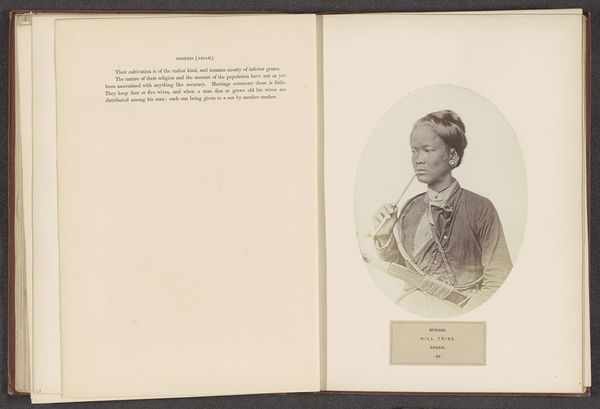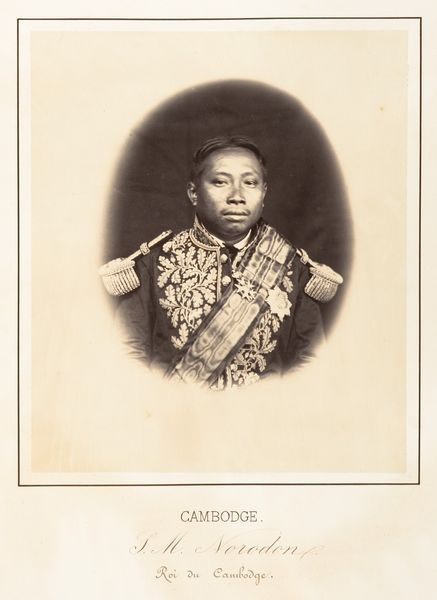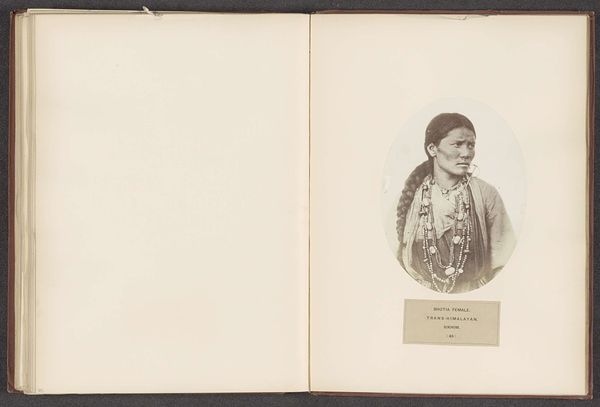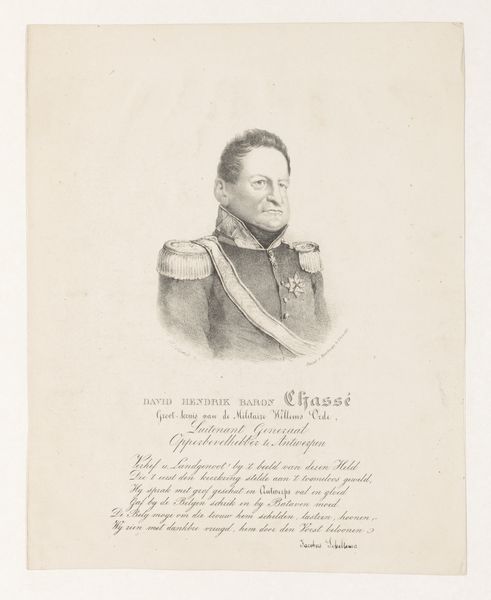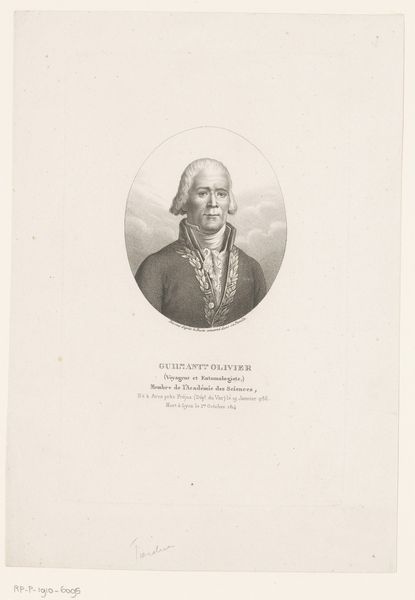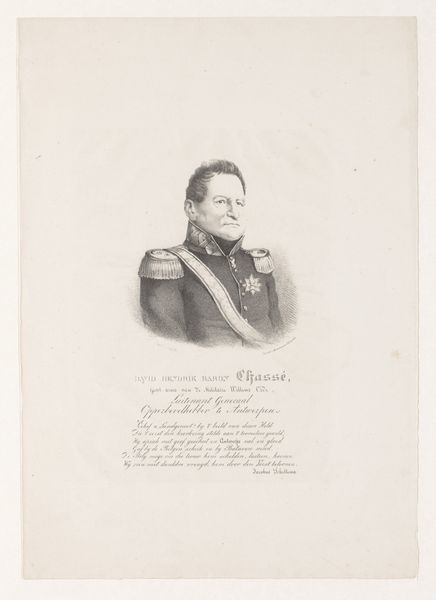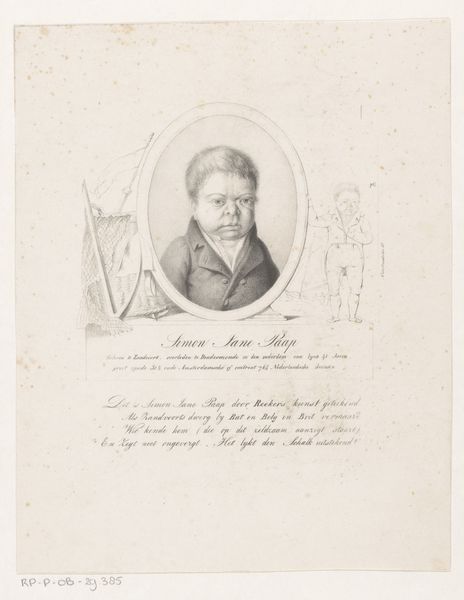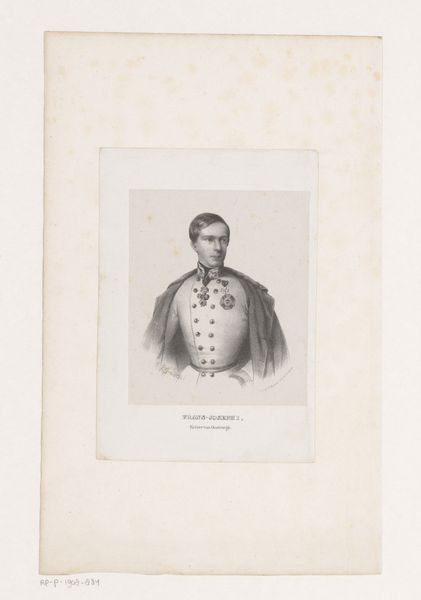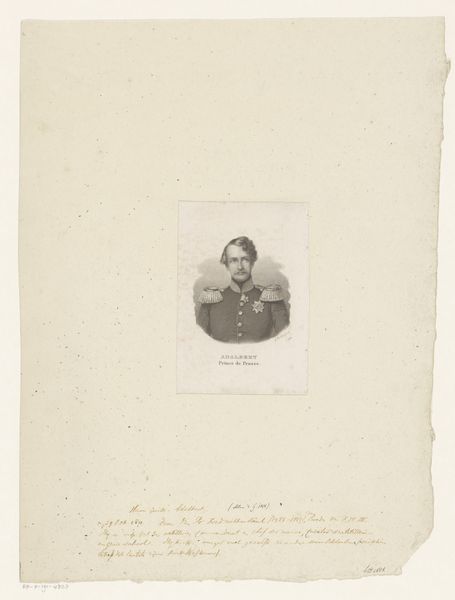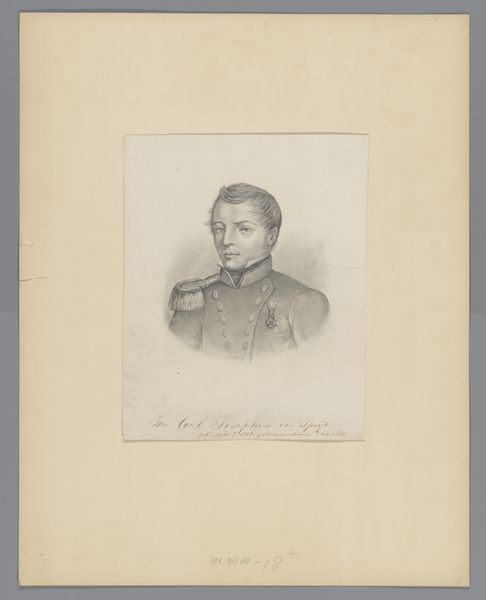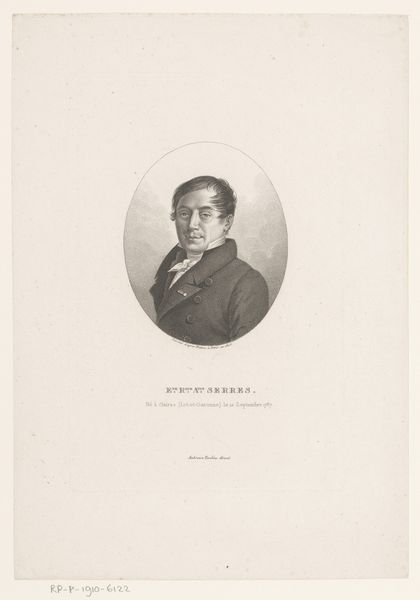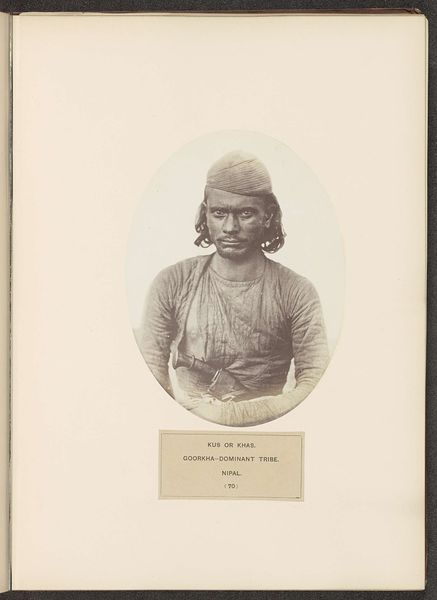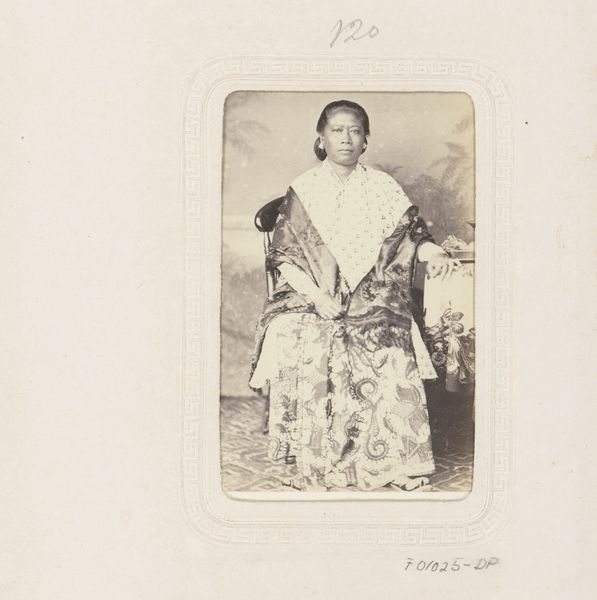
drawing, lithograph, print, graphite
#
portrait
#
drawing
#
lithograph
# print
#
romanticism
#
graphite
#
realism
Dimensions: 259 mm (height) x 200 mm (width) (bladmaal)
Editor: This lithograph from 1820-1843, titled "Morderen Ole Pedersen K\u00f8ller\u00f8d", is attributed to Peter Gemz\u00f8e. It’s a portrait, but something about the starkness and the wanted-poster-like text below makes it feel less like art and more like documentation. What do you see in a piece like this? Curator: It's precisely that tension between art and documentation that makes this print so compelling. Think about the socio-political context. The Romantic era valued emotion, but also saw a rise in criminal justice and public awareness of crime. How does presenting a murderer's portrait engage with public perceptions of justice and morality? Editor: So, the public display serves as a sort of…warning? Almost a shaming? Curator: Exactly! It is intended to function as a visual tool for social control. Notice the detail in the written description; everything from his hair to his stutter is documented. It's fascinating how this work uses the visual language of portraiture, typically reserved for commemorating the powerful, to instead broadcast the image of someone deemed a threat. Does that make you reconsider it as art? Editor: It does. I initially saw it as a portrait gone wrong, but framing it within the social context makes it more complex. It raises questions about who gets represented and why. It feels more like a statement about power than simply a likeness of a face. Curator: It exposes the political dimensions of image making in that historical period. And reveals the museum as a socio-political space with public accountability for the image we chose to depict. Editor: I see how looking at the artwork in context broadens my understanding. Thanks! Curator: Absolutely. Keep in mind how artistic choices are interwoven with the sociopolitical conditions that bring images into being.
Comments
No comments
Be the first to comment and join the conversation on the ultimate creative platform.
